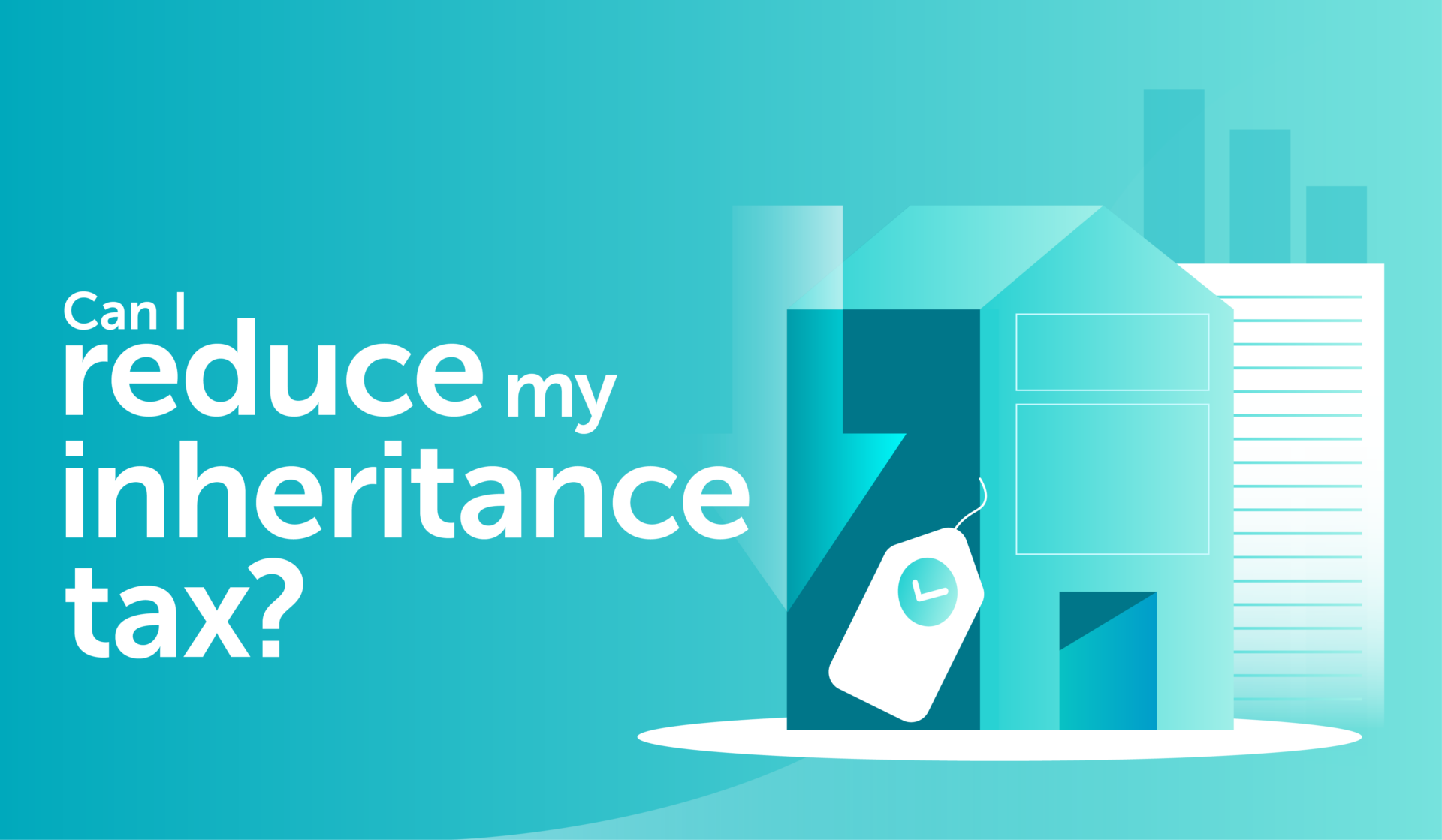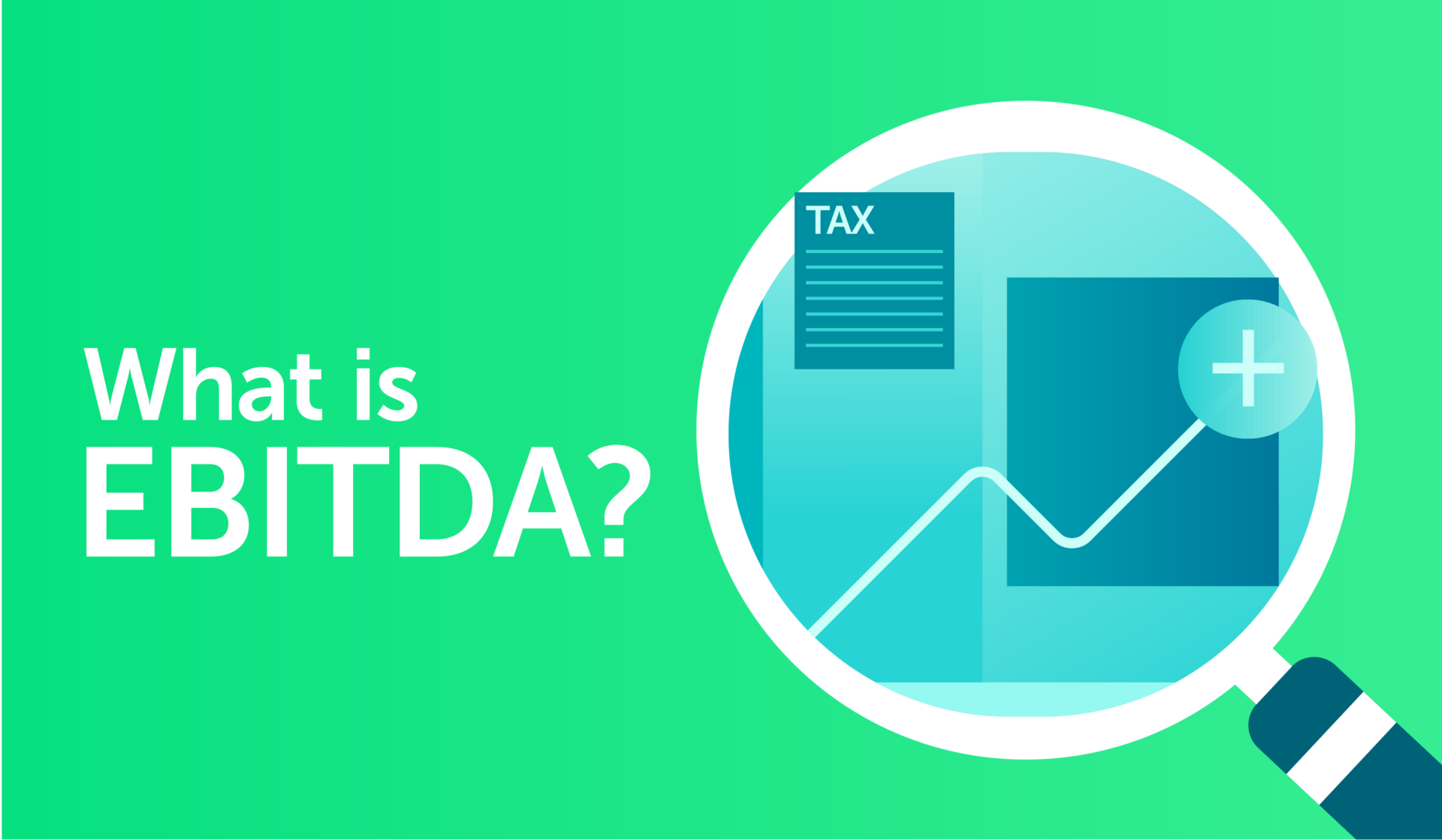
Options for closing your company: Creditor Voluntary Liquidation or Strike Off? - Ad Valorem
3 minutes
Options for closing your company: Creditor Voluntary Liquidation or Strike Off?
Winding Up Petitions
Restrictions on issuing Winding Up Petitions (WUPs) to UK companies formed part of the Government’s temporary measures aimed at helping businesses weather the pandemic. These measures have gradually been phased out and as of 1st April 2022, Winding Up Petitions can again be issued by creditors.
Creditor Voluntary Liquidation, Member’s Voluntary Liquidation, or Voluntary Strike Off?
For businesses facing WUPs issued against them for HMRC debt, a Bounce Back Loan, or any other debts it cannot settle, what options are available? Can business owners opt for Creditor Voluntary Liquidation (CVL) or Voluntarily Strike Off their company? Is a Member’s Voluntary Liquidation still a possibility? And what is the difference between these options?
What are the tax implications for informal Winding Up and Liquidation?
Makayla Combes, our Head of Tax and Business Consultancy explains the tax implications for informal Winding Up and Liquidation.
Informal Winding Up:
A distribution by a company is usually an income distribution. However, when a company makes a distribution following an application to be struck off, the distribution may be treated as capital.
If the balance of the assets in the company are £25,000 or under then distributions up to £25,000 will be treated as a capital distribution for shareholders. Capital distributions are taxed at the Capital Gains Tax rates of 10% for basic rate taxpayers and 20% for higher rate taxpayers. If certain criteria are met then the Business Asset Disposal Relief (formerly Entrepreneurs’ Relief) rates may apply and the whole distribution could be taxed at 10%.
If the balance of the assets in the company are over £25,000 then the distribution will be treated as income. Income distributions will be treated as a dividend payment and will be taxed at the income rates for dividends currently 8.75% for basic rate taxpayers, 33.75% for higher rate taxpayers and 39.35% for additional taxpayers.
Despite the additional cost of a Formal Liquidation, it is often the most tax efficient route.
Liquidation:
If a company is formerly liquidated, Members Voluntary Liquidation, then the distribution will be treated as capital (unless it is caught by anti-avoidance legislation) and tax is payable at the Capital Gains Tax rates described above.
(E) enquiries@advaloremgroup.uk (T) 01908 219100 (W) advaloremgroup.uk








